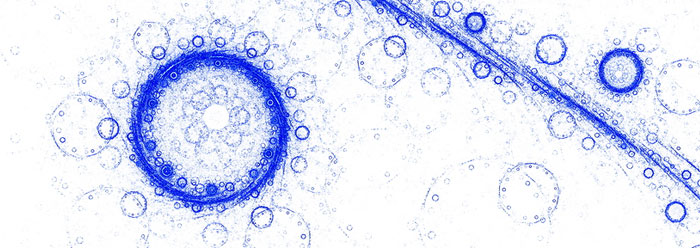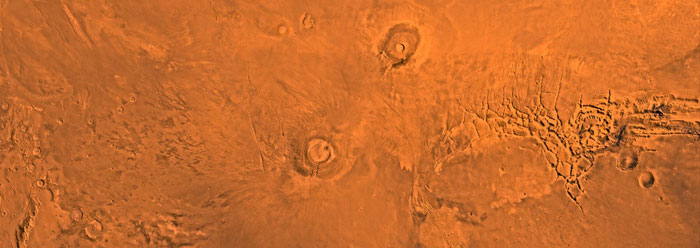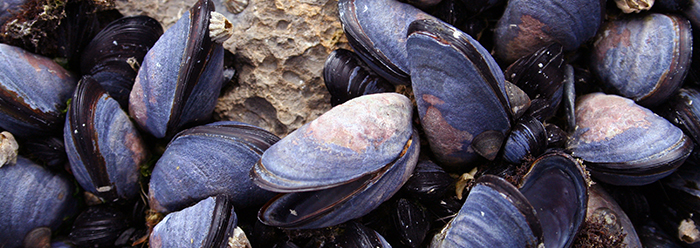How long would inanimate chemicals take to swirl themselves together and form a living cell? This unfair question assumes that such chemicals could ever form themselves into a cell even given an eternity to do so, but recent evidence from tiny crystals in Australian rocks causes researchers to think life evolved much earlier than most scientists would ever have thought possible. However, this new story of early emerging life comes with an array of new challenges.
Publishing in the journal Proceedings of the National Academy of Sciences,1 UCLA geoscientist Mark Harrison told the UCLA Newsroom, "Twenty years ago, this would have been heretical."2 Back then, the suggestion that life evolved 3.8 billion years ago was met with incredulity. Models which set the planet's beginning at 4.5 billion years ago show that their early Earth needed more time to radiate the fierce heat it had accumulated over eons from the colliding space debris that supposedly formed it. Is the window of time between when the planet became habitable and when life first evolved shrinking to ridiculously small proportions?
All that heat from all those early collisions would have evaporated whatever water may have been on the planet, which is why many researchers look for comets to have somehow seeded Earth with ample water at a later time, and yet still early enough in our planet's history for life to have evolved.3 Life would have needed water to evolve. Of course, water also prevents life from evolving—a paradox that has always stood in the way of all evolutionary life origins theories.4
Undaunted by the constraints of evolution's storyboard, Harrison and his coauthors now suggest that life's origin needs to be shortened even further—back to 4.1 billion years ago.
Their evidence? The team found carbon inclusions inside a zircon crystal. The stable isotope ratios of that carbon indicate photosynthesis was going on whenever those zircons formed. The team dated the zircons to about 4 billion years old using old-age assumptions about the measured ratio of uranium to lead.5
The suggestion that life evolved before 4 billion years ago collides with another life-ending scenario. In an event called the Late Heavy Bombardment, the impactors that made most of the moon's craters supposedly wreaked havoc on the early earth between 3.8 and 4.1 billion years ago.
Shrinking the available time for cells to evolve to only several hundred million years makes chemical evolution sound even more laughable. Plus, this earlier origin of life theory suffers from the water and bombardment challenges. But these pale in comparison to the fact that life only, and always, comes from pre-existing life. Chance processes always convert a swirling batch of chemicals to a less organized soup, never more life-like.
According to the Bible, God has always been alive, and he formed the first life thousands, not millions, of years ago. That means that these Australian zircons formed very recently, erasing the entire need to navigate evolution's impossible scenarios.
Research team leader Elizabeth Bell told the UCLA Newsroom, "We need to think differently about the early Earth."2 Now that's an understatement.
References
- Bell, E. A. et al. Potentially biogenic carbon preserved in a 4.1 billion-year-old zircon. Proceedings of the National Academy of Sciences. Published online before print, September 4, 2015, accessed October 26, 2015.
- Wolpert, S. Life on Earth likely started at least 4.1 billion years ago—much earlier than scientists had thought. UCLA Newsroom. Posted on newsroom.ucla.edu October 19, 2015, accessed October 26, 2015.
- Thomas, B. Study: Comets Did Not Supply Earth's Water. Creation Science Update. Posted on icr.org December 29, 2014, accessed October 26, 2015.
- Gish, D. 1976. Origin of Life: Critique of Early Stage Chemical Evolution Theories. Acts & Facts. 5 (1).
- Vernon R. Cupps, Ph.D. 2015. Heavy Metal Clocks, U-Pb and Th-Pb Dating Models: Radioactive Dating, Part 7. Acts & Facts. 44 (5): 10-11.
*Mr. Thomas is Science Writer at the Institute for Creation Research.
Article posted on November 2, 2015.
























